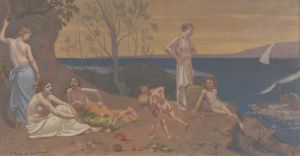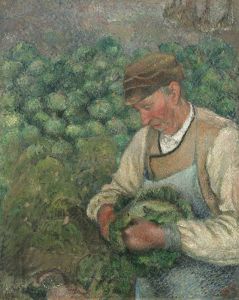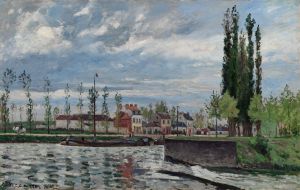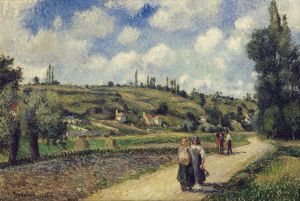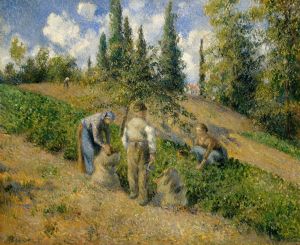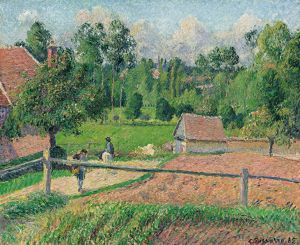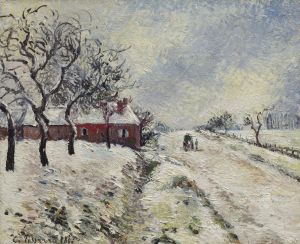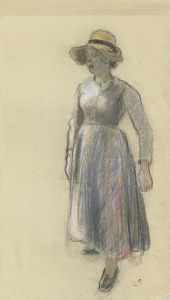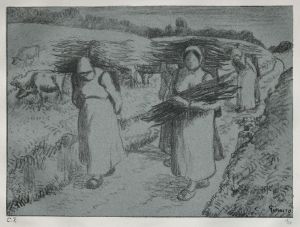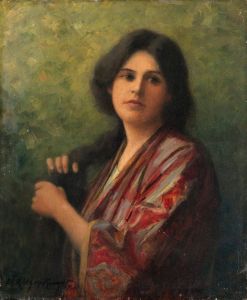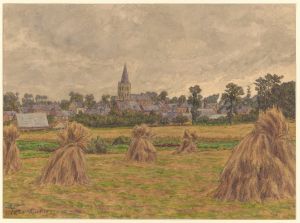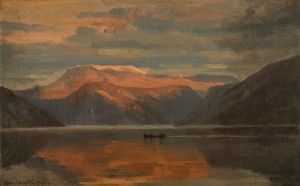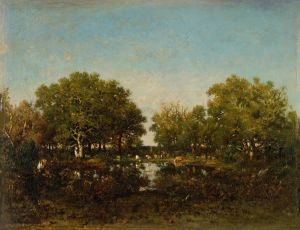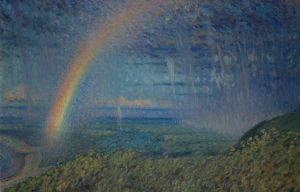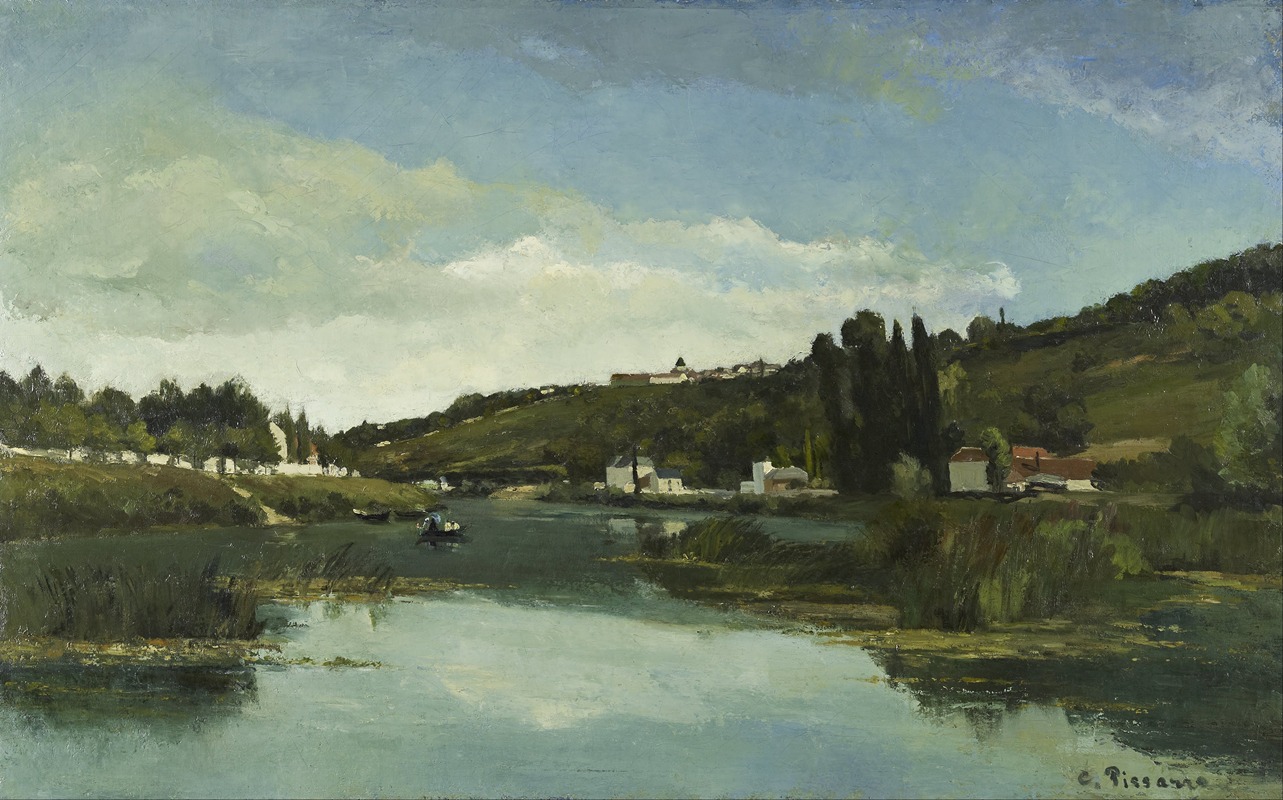
The Marne at Chennevières
A hand-painted replica of Camille Pissarro’s masterpiece The Marne at Chennevières, meticulously crafted by professional artists to capture the true essence of the original. Each piece is created with museum-quality canvas and rare mineral pigments, carefully painted by experienced artists with delicate brushstrokes and rich, layered colors to perfectly recreate the texture of the original artwork. Unlike machine-printed reproductions, this hand-painted version brings the painting to life, infused with the artist’s emotions and skill in every stroke. Whether for personal collection or home decoration, it instantly elevates the artistic atmosphere of any space.
Camille Pissarro, a pivotal figure in the Impressionist movement, painted "The Marne at Chennevières" in 1864. This artwork is a notable example of Pissarro's early landscape paintings, showcasing his evolving style and his commitment to capturing the natural world with a sense of immediacy and light. Pissarro was known for his dedication to painting en plein air, a practice that involved painting outdoors to directly capture the effects of light and atmosphere on the landscape.
"The Marne at Chennevières" depicts a serene view of the Marne River, a tributary of the Seine, located near the village of Chennevières-sur-Marne, in the Île-de-France region. This area was a popular subject for artists of the time due to its picturesque scenery and proximity to Paris. The painting illustrates Pissarro's keen observation of nature and his ability to convey the tranquil beauty of the French countryside.
In this work, Pissarro employs a soft, muted palette that captures the gentle light of the scene. The brushwork is delicate and fluid, characteristic of his early style, which was influenced by the Barbizon School and artists such as Jean-Baptiste-Camille Corot. The composition is balanced, with the river leading the viewer's eye through the landscape, flanked by trees and rural structures that add depth and context to the scene.
Pissarro's choice of subject matter reflects his interest in rural life and the changing seasons, themes that would continue to be central to his work throughout his career. The painting is an early indication of his commitment to depicting the everyday life of the countryside, a theme that resonated with the Impressionist movement's focus on modernity and the transient effects of light.
During the time "The Marne at Chennevières" was painted, Pissarro was still developing his unique style. He was experimenting with different techniques and approaches to capturing light and atmosphere. This painting is significant as it marks a period of transition for Pissarro, who would later become a leading figure in the Impressionist exhibitions and a mentor to other artists, including Paul Cézanne and Claude Monet.
The painting is housed in a private collection, which limits public access, but it remains an important work for understanding Pissarro's early development as an artist. It provides insight into his artistic influences and his evolving approach to landscape painting, which would later become more vibrant and characterized by the broken brushwork typical of Impressionism.
Overall, "The Marne at Chennevières" is a testament to Pissarro's skill in capturing the essence of the natural world and his role in the development of modern art. His ability to convey the subtle interplay of light and shadow, along with his dedication to portraying the beauty of rural France, makes this painting a valuable piece in the study of 19th-century art.





